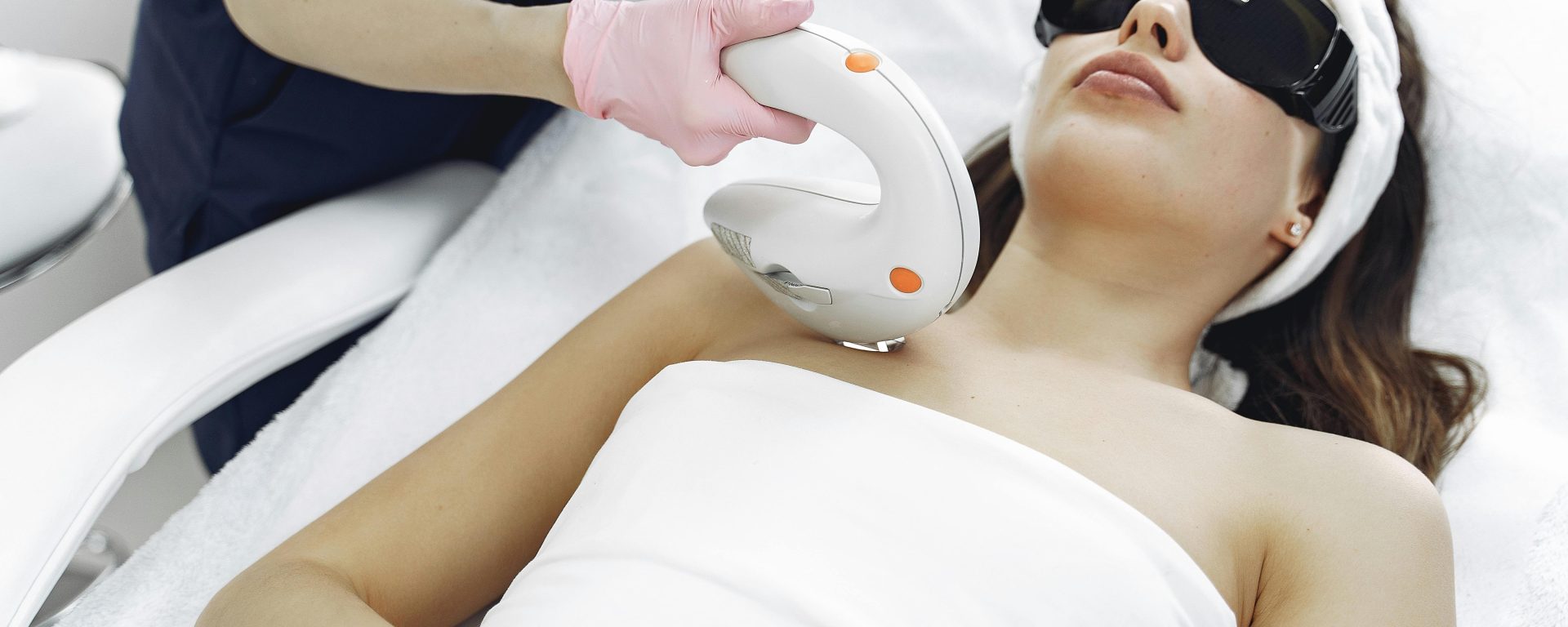In 2012, Kannan, et. al., conducted study about Myofascial pain syndrome, which often rooted in the upper trapezius, presents a significant therapeutic challenge due to its impact on pain and range of motion. In a recent study, researchers set out to identify the most effective treatment for myofascial trigger points (MTPs), comparing therapeutic ultrasound, laser therapy, and ischemic compression over a five-day trial period.
The experimental study divided patients into three groups, each receiving a different treatment modality: therapeutic ultrasound, therapeutic laser, and ischemic compression. The outcomes were measured using a Visual Analog Scale (VAS) for pain, a soft tissue tenderness grading scheme for provocative pain testing, and active cervical lateral flexion measured with inch tape. Assessments were conducted at the start and end of the five-day treatment period.
The results, analyzed using ANOVA, showed significant improvement across all three groups, with statistical significance (p<0.05) observed between the start and end of the trial. However, a more detailed analysis using the Chi-square test highlighted a significant difference in improvement between the laser therapy group and the other two groups. The mean difference in score changes indicated that laser therapy provided a progressive and notably better improvement over the treatment period.
The study concludes that laser therapy stands out as an effective treatment for managing myofascial trigger points, potentially reducing the disability caused by musculoskeletal pathology more effectively than therapeutic ultrasound or ischemic compression. These findings suggest that incorporating laser therapy into treatment protocols for myofascial pain could offer patients superior relief and improved mobility.
Reference: Kannan, P. (2012). Management of myofascial pain of upper trapezius: a three group comparison study. Global journal of health science, 4(5), 46.
